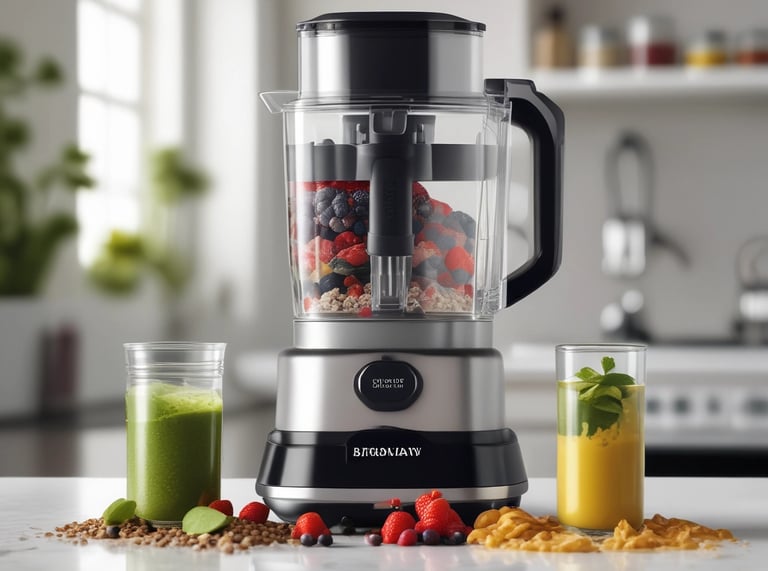Budget vs Premium Blenders: Understanding the Key Differences
BLOG NEWS
4/26/20252 min read


Introduction to Blenders
In today’s fast-paced world, blenders have become essential kitchen appliances, revolutionizing the way we prepare meals and beverages. They assist in a wide range of tasks—from making smoothies to soups. However, when it comes to choosing a blender, consumers often grapple with the decision between budget and premium models. In this blog post, we will explore the key differences that set these two categories apart and guide you in making an informed decision.
Cost and Quality Comparison
The most apparent difference between budget and premium blenders is their price point. Budget blenders typically range from $20 to $100, while premium models can start from $200 and soar well beyond $500. The price disparity often reflects the quality of materials used in the construction. Premium blenders are usually made from durable, high-quality materials that ensure longevity and consistent performance. In contrast, budget blenders often use less expensive components, which may compromise their effectiveness over time.
Performance and Versatility
Another key difference lies in performance and versatility. Premium blenders often feature powerful motors that can handle tough ingredients such as frozen fruits, nuts, and even ice with ease. Many premium models also come with multiple speed settings and pre-programmed functions that allow users to achieve specific textures and results. Budget blenders, while suitable for basic tasks like blending soft fruits or soups, may struggle with tougher ingredients and lack the range of settings offered by their premium counterparts.
Durability and Warranty
When contemplating an investment in a blender, durability is a crucial factor to consider. Premium blenders typically boast a longer lifespan due to their robust construction and higher quality materials. Many of these appliances are also backed by extensive warranties, often ranging from 5 to 10 years, providing consumers with peace of mind regarding their investment. In contrast, budget blenders often have limited warranties, which may reflect the manufacturer's confidence in their product's durability. If you plan on using your blender frequently, opting for a premium model may save you money in the long run.
Conclusion: Making the Right Choice
Ultimately, the decision between a budget and premium blender hinges on your personal needs and preferences. If you are a casual cook who occasionally blends smoothies, a budget blender may serve your purposes adequately. However, if you desire a reliable, versatile machine that can handle a variety of ingredients and withstand regular use, investing in a premium blender is advisable. Understanding the differences between these two categories will empower you to make a choice that best suits your culinary lifestyle.
